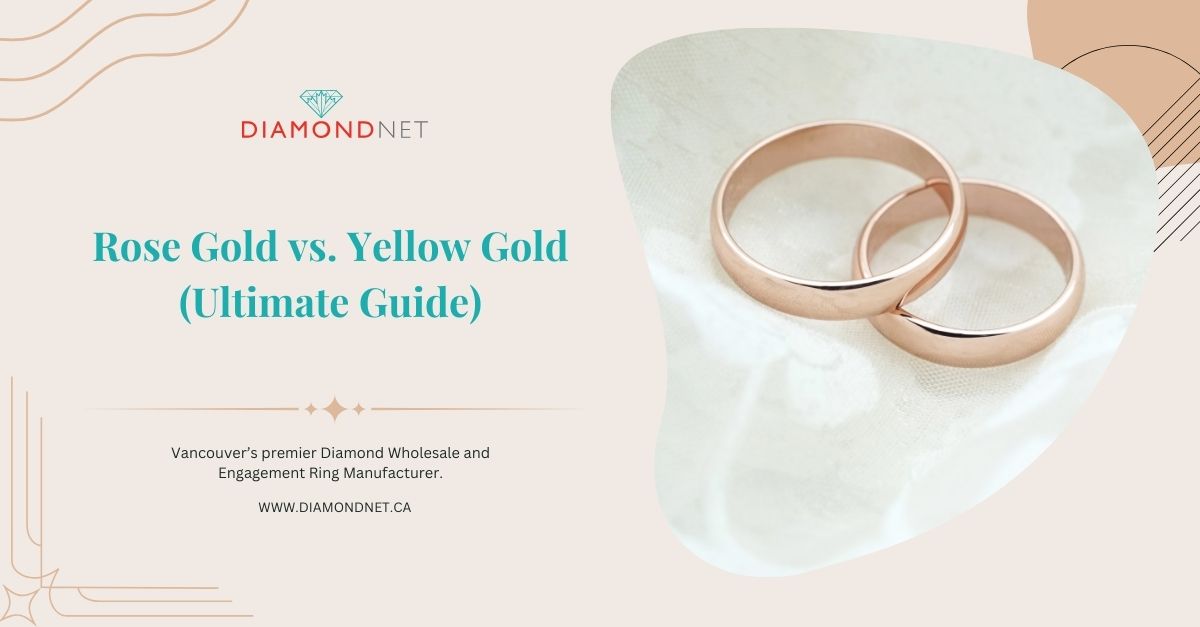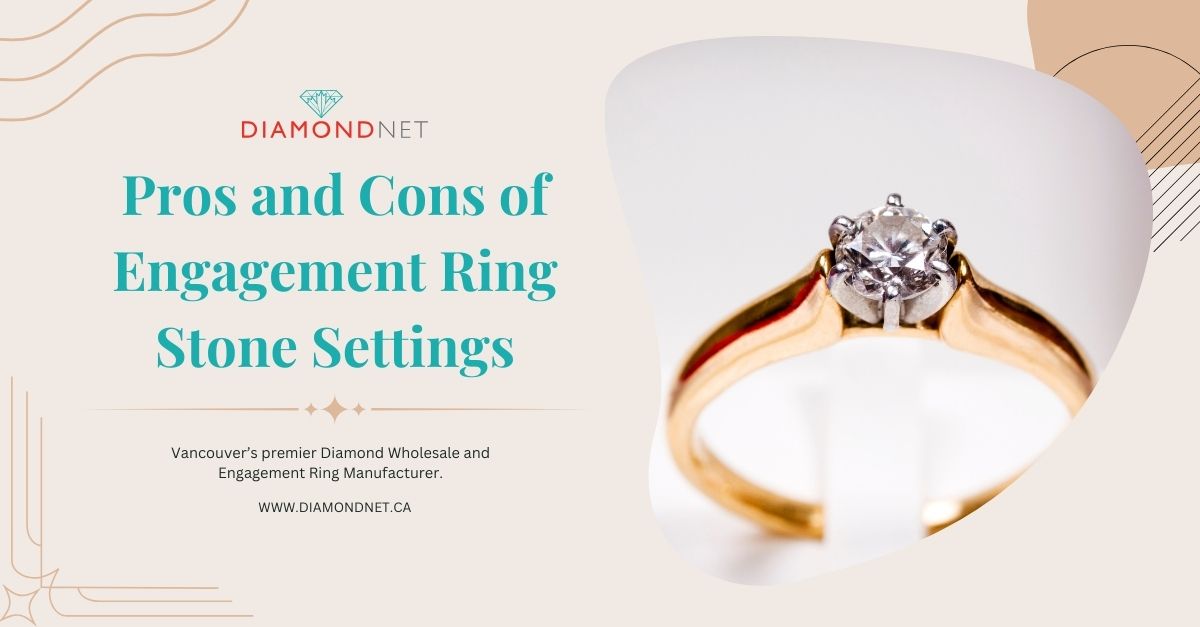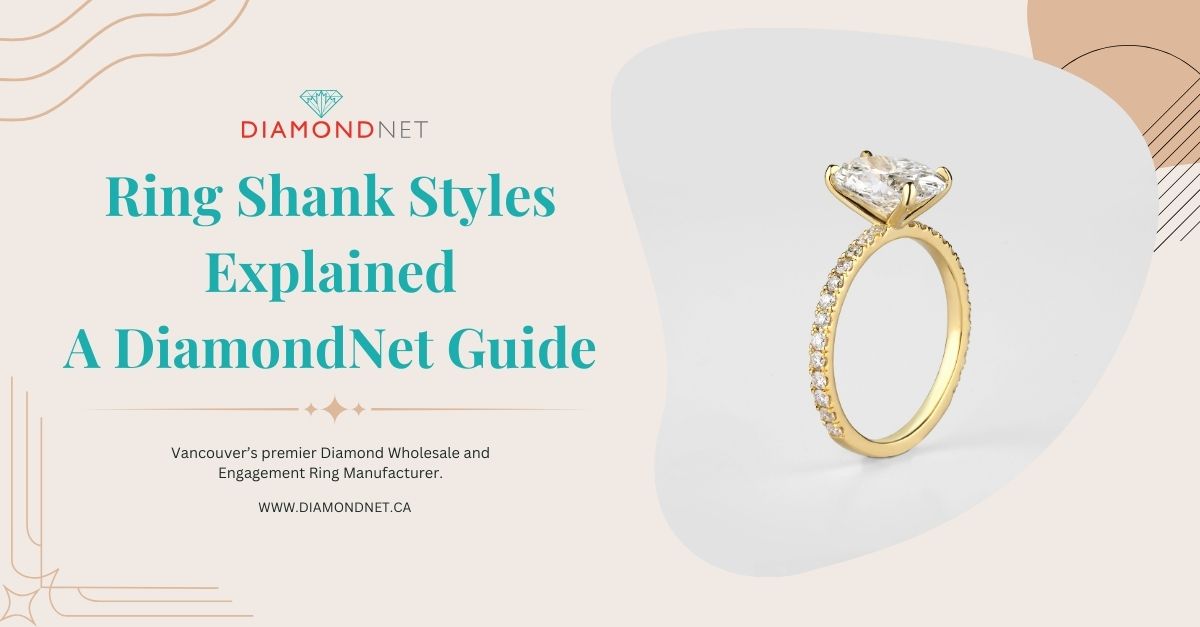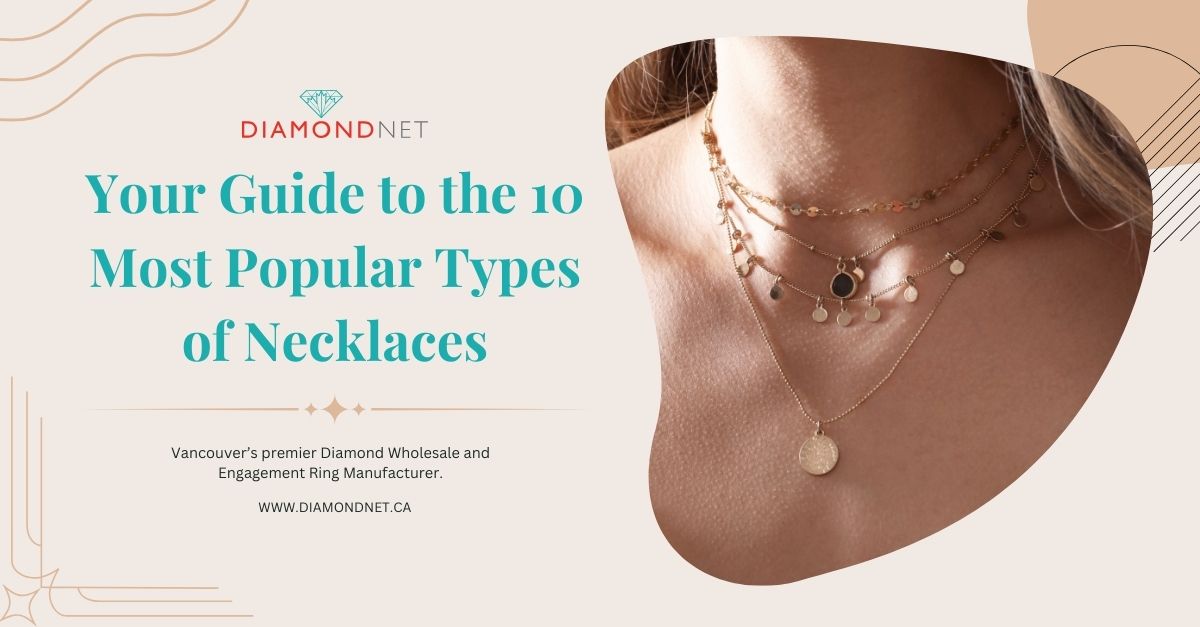Gold isn’t just a metal — it’s a statement. Whether you’re selecting a wedding band, an engagement ring, or an everyday piece, the colour of gold you choose says something about your personal style and values.
Two of the most popular choices are rose gold and yellow gold. While both are timeless, they offer distinct aesthetics, strengths, and care needs. At DiamondNet, we help clients across Vancouver explore these differences firsthand — guiding them toward the perfect choice for their skin tone, lifestyle, and design goals.
This guide breaks down how rose and yellow gold compare across tone, composition, durability, and long-term wear — so you can find the right fit for both your jewellery and your story.
Here is the Quick Answer:
Rose gold and yellow gold differ in colour, composition, and wearability. Rose gold’s pink hue comes from its copper alloy, offering a romantic tone and added durability—especially in 14K. Yellow gold offers a traditional golden glow but may need more upkeep. Both are equally priced at the same karat and suitable for custom jewellery. Choose rose gold for a modern, soft look with low maintenance. Opt for yellow gold if you prefer timeless elegance and don’t mind occasional polishing.
Alloy Composition and Karat Purity
Gold in its pure form (24 karats) is too soft for everyday jewellery. That’s why it’s blended with other metals — forming what’s known as an alloy — to improve strength, alter colour, and increase longevity. The blend used determines whether your jewellery appears yellow, rose-toned, or even white.
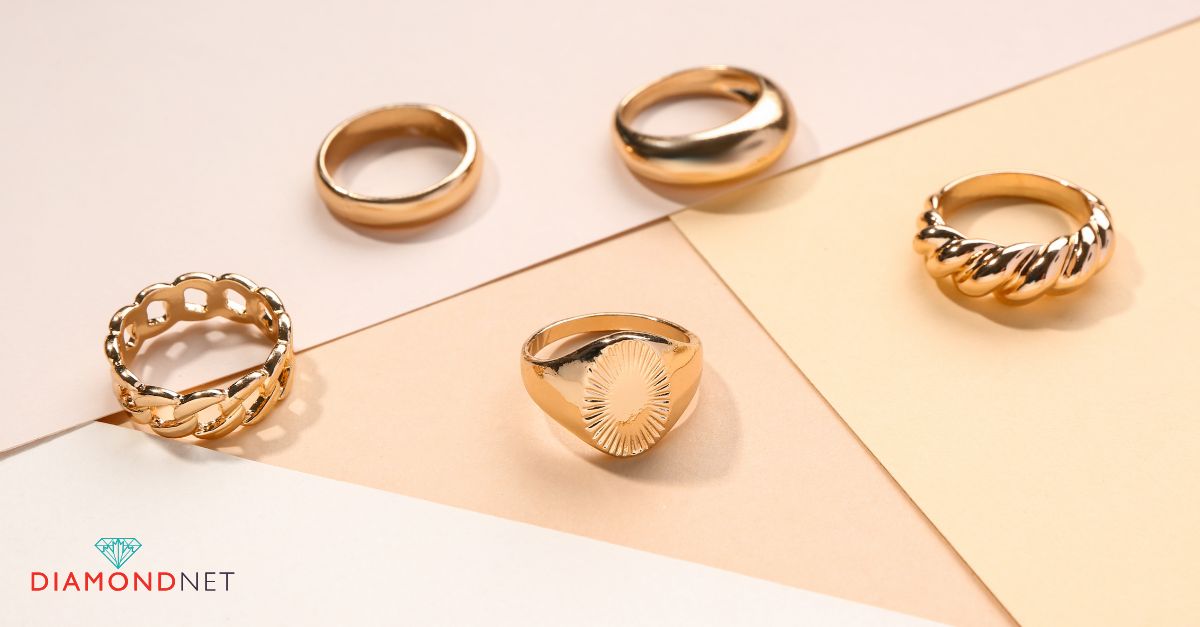
Yellow Gold:
Typically made from a mix of pure gold, silver, and copper (or sometimes zinc).
Common purities include:
- 14K: 58.3% gold — durable enough for everyday wear
- 18K: 75% gold — richer colour but slightly softer
- 22K: Around 91.6% gold — mostly decorative due to softness
Rose Gold:
Created by blending gold with a higher percentage of copper (plus a small amount of silver).
The copper content gives it a pink-to-reddish hue, depending on the ratio.
Common purities:
- 18K rose gold: ~75% gold, ~22% copper, ~3% silver
- 14K rose gold: ~58.3% gold, ~41.7% copper and silver — more durable for daily wear
For everyday jewellery like rings or bracelets, 14K rose gold provides excellent resistance to wear due to its copper strength — making it both stylish and practical.
Are you confused about carat and karat? Read DiamondNet’s guide about one of the most commonly misunderstood aspects of jewellery to understand the difference.
Comparing Colour Tones and Finishing Styles
While karat affects durability and value, the alloy blend determines the colour and visual character of your gold jewellery. Both yellow and rose gold offer distinct aesthetics that can influence your style choices and how the piece complements your skin tone.
Yellow Gold:
Warm and classic. Known for its rich, golden hue — the standard for traditional jewellery.
The addition of silver or copper helps maintain its bright, familiar tone while improving strength.
The colour tone remains relatively uniform, though higher karats (18K+) appear more saturated.
Rose Gold:
Soft and romantic. Its pinkish tint comes from copper, with the shade deepening as copper content increases.
Karat-based tone variations:
- 18K red gold: Deep reddish tone (75% gold, ~25% copper)
- 18K rose gold: Classic rosy-pink (75% gold, ~22% copper, ~3% silver)
- 18K pink gold: Soft blush tone (75% gold, ~20% copper, ~5% silver)
Offers a vintage-meets-modern vibe that’s grown in popularity, especially among younger couples.
Prefer something soft and romantic with a hint of individuality? Rose gold’s varied hues offer a distinctive alternative to the more traditional warmth of yellow gold.
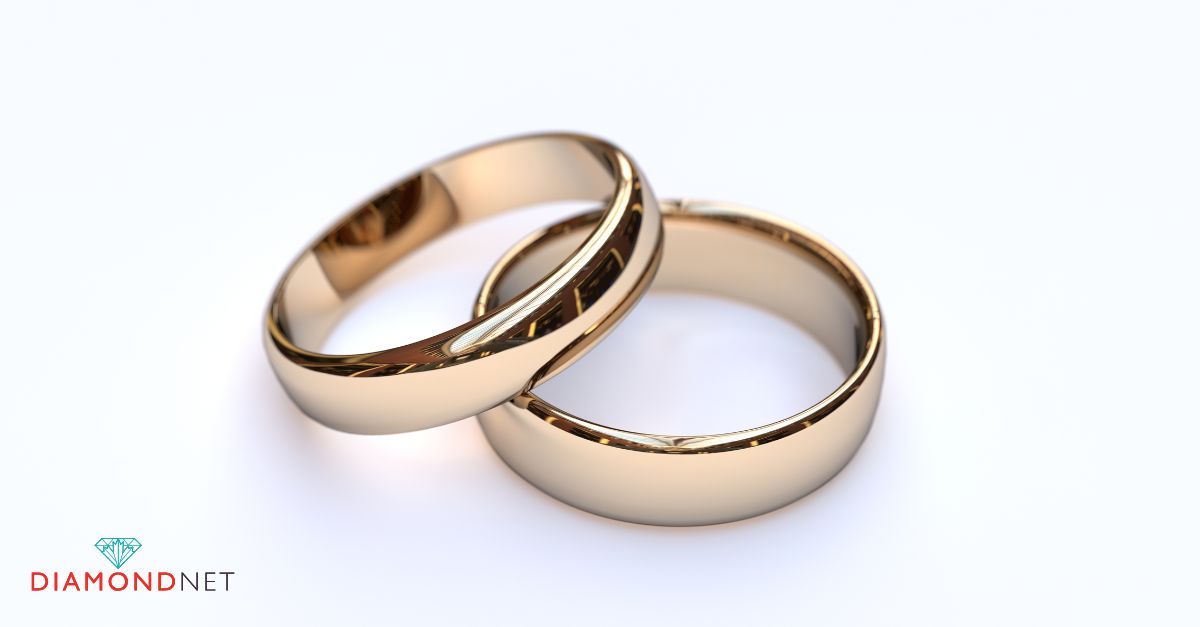
Durability and Daily-Wear Hardness
How your gold jewellery wears over time depends on both the karat and the metals blended into the alloy. Whether you’re choosing a ring you’ll wear daily or a piece reserved for special occasions, understanding durability helps you make the right call.
Yellow Gold:
Softer overall, especially in 18K or higher, due to its higher pure gold content.
More prone to scratches, dents, and warping, particularly in rings or bracelets worn daily.
Best suited for pieces worn less frequently or when classic aesthetic takes priority over resistance.
Rose Gold:
Enhanced strength thanks to copper, which is harder than silver or zinc (found in yellow gold alloys).
14K rose gold is especially durable, making it ideal for everyday wear like wedding bands or engagement rings.
Tends to show fewer surface imperfections over time.
For active lifestyles or daily rings, 14K rose gold offers excellent resilience without sacrificing beauty. Yellow gold still works well, but it may require more frequent maintenance, especially in higher karats.
Skin Tone Compatibility & Aesthetic Applications
The gold tone you choose can significantly impact how your jewellery complements your overall appearance. Matching gold colour to your skin tone helps create a harmonious, radiant effect.
Yellow gold naturally flatters warm or neutral undertones, enhancing the skin’s golden or olive hues.
Rose gold is more versatile — its pink tone works beautifully with cool, neutral, and olive complexions, offering a soft, flattering contrast.
Those with fair skin often find rose gold warm and glowing, while deeper tones benefit from its distinctive brightness.
Yellow gold suits vintage aesthetics, formalwear, and pairs well with warm gemstones such as citrine, amber, or yellow sapphire.
Rose gold shines in contemporary, romantic, or minimalist styles, especially alongside white diamonds, morganite, or pink sapphires.
Both metals look beautiful on their own — but also work well when mixed thoughtfully for a modern, layered look.
Not sure what your undertone is? Try both tones in-store. At DiamondNet’s Vancouver showroom, we’ll guide you through styling options so you can see what complements your complexion best — in natural light.
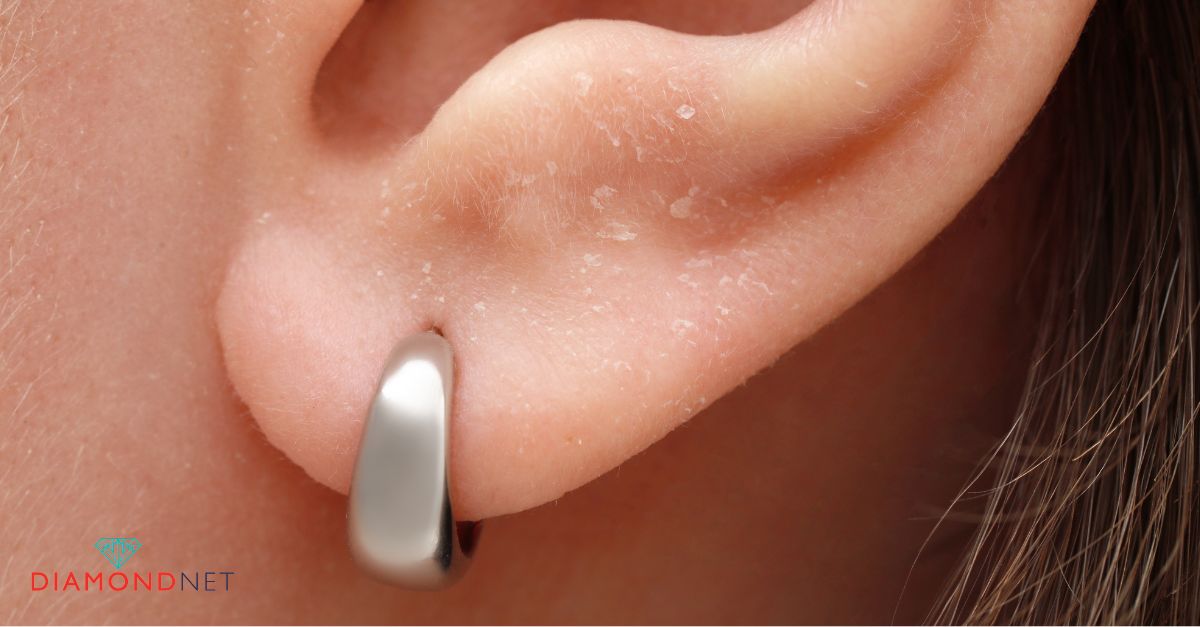
Hypoallergenic Aspects
For individuals with metal sensitivities, the choice of gold alloy matters. Some combinations are more skin-friendly than others, especially for daily wear.
Yellow Gold:
While yellow gold itself is not a common allergen, lower-karat yellow gold may include nickel — especially in white or mixed alloys.
Nickel can trigger skin reactions, particularly in sensitive individuals. Always ask your jeweller about the alloy mix.
Rose Gold:
Rose gold typically contains copper instead of nickel, making it a safer option for many people with metal sensitivities.
However, copper allergies are possible, though less common. Those with reactive skin should still verify alloy content.
If you’re prone to irritation, choose nickel-free options or higher-karat gold (like 18K), which contains less of the other metals that may cause allergic responses. DiamondNet’s team can walk you through the most suitable options in-store.
Price Considerations
When it comes to cost, karat purity plays a bigger role than colour. Both rose gold and yellow gold are priced primarily based on their gold content, not the alloy mix.
At the same karat level, rose gold and yellow gold cost about the same. That’s because the primary pricing factor is the amount of gold — not the type of metal it’s blended with.
Prices still vary because copper, the key alloy in rose gold, is less expensive than silver or zinc used in yellow gold. But this rarely results in major price differences at retail.
Price variations often come from craftsmanship, brand, setting complexity, or market trends — not the metal tone itself.
Instead of choosing based on perceived price difference, focus on karat quality, design value, and trusted sourcing — all of which you’ll find at DiamondNet.
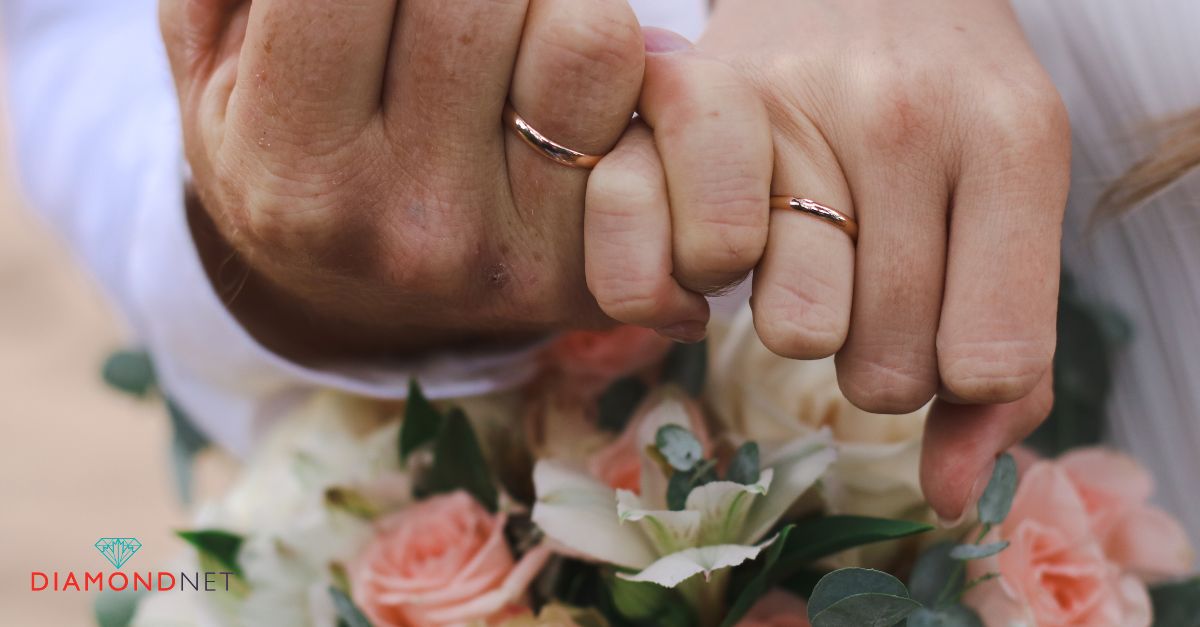
Colour Development and Aging
Gold doesn’t just stay shiny forever — it evolves. Understanding how rose and yellow gold age can help you decide which one suits your long-term expectations.
Rose gold deepens with time. It naturally develops a warm patina over the years. This gradual darkening is caused by copper oxidation and is often seen as part of its romantic charm.
The colour remains stable — it doesn’t fade or turn yellow — and doesn’t require re-plating like white gold.
Yellow gold requires some maintenance. It maintains its golden hue but shows scratches and wear more easily, especially in higher karats. Over time, its surface may become dull due to everyday friction.
Periodic polishing restores its brightness, but expect some upkeep if worn daily.
If you prefer a piece that ages gracefully with minimal maintenance, rose gold might offer a slight edge in daily wear durability and character.
Care & Maintenance Tips
Whether you choose rose or yellow gold, good care helps preserve its brilliance and structural integrity for years to come.
Yellow Gold:
✔ Polish more frequently to maintain its rich shine, especially in higher karats like 18K or 22K.
✔ Avoid contact with abrasive surfaces—yellow gold can scratch more easily.
✔ Store pieces separately to prevent friction and scuffing, especially near harder gemstones like diamonds.
Rose Gold:
✔ Clean gently with mild soap, warm water, and a soft brush, especially around detailed areas.
✔ Avoid harsh chemicals, including bleach, chlorine, and industrial cleaners, which can weaken the alloy.
✔ Remove before swimming or cleaning to preserve its finish and structural integrity.
Tip: Regardless of gold type, routine cleaning and professional check-ups (every 6–12 months) ensure your jewellery stays secure and beautiful.
Cultural and Symbolic Aspects
Gold is more than a metal—it’s a cultural signifier and a symbol of meaning across generations.
Yellow Gold
Deeply rooted in history, yellow gold has long symbolized wealth, status, and enduring love.
Often used in heirloom pieces and ceremonial jewellery, especially in South Asian, Middle Eastern, and European cultures.
In wedding traditions, yellow gold remains the go-to choice for timeless elegance and conventional symbolism.
Rose Gold
Rose gold carries strong associations with romance, softness, and individualism.
Its vintage appeal—popularized during the Art Deco period—has surged in recent years as a modern, fashion-forward favourite.
Frequently chosen by those seeking uniqueness or a non-traditional statement, especially among younger generations.
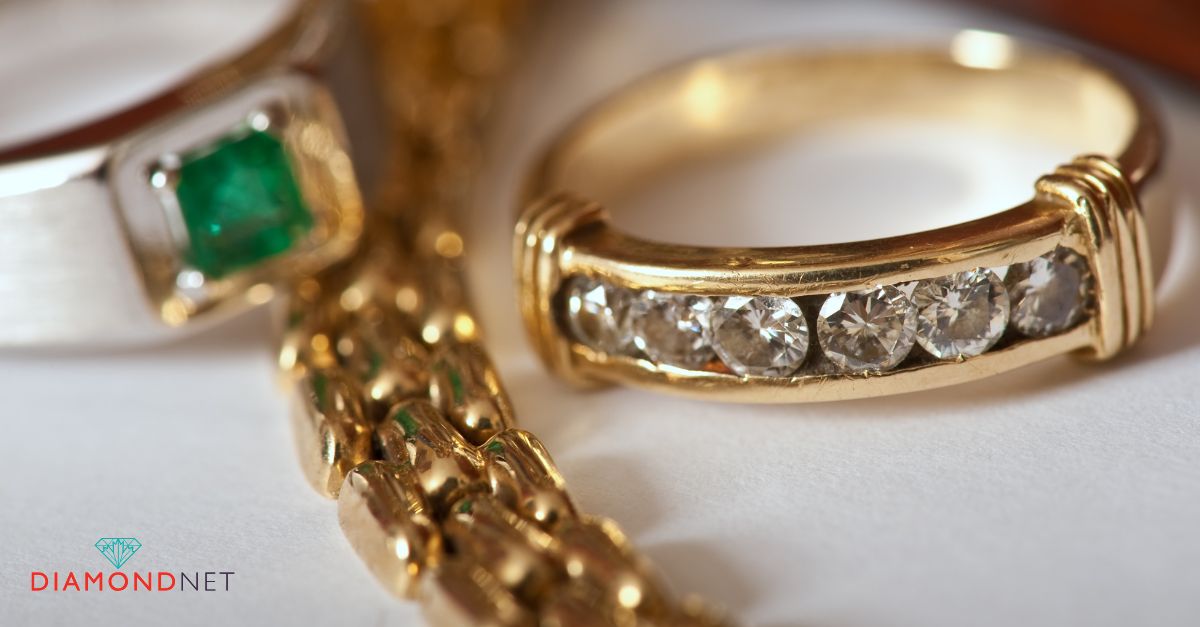
Resale Value and Market Trends
If you’re thinking long-term—whether for future resale, heirloom potential, or investment—metal choice plays a role in your jewellery’s value retention.
Yellow Gold:
Yellow gold holds consistently strong resale value, thanks to its broad market appeal and association with purity and tradition. Its timeless popularity ensures steady demand, especially in global markets where yellow gold is a cultural staple.
Rose Gold:
Rose gold’s market value tends to fluctuate with style trends. During trend peaks (like the 2010s), demand may increase resale potential.
However, it may not hold value as reliably as yellow gold in traditional resale channels.
Tip: If you’re purchasing jewellery with long-term investment in mind, yellow gold is often the safer choice. But for a unique aesthetic that reflects your personality, rose gold remains an excellent option—especially in well-crafted custom designs.
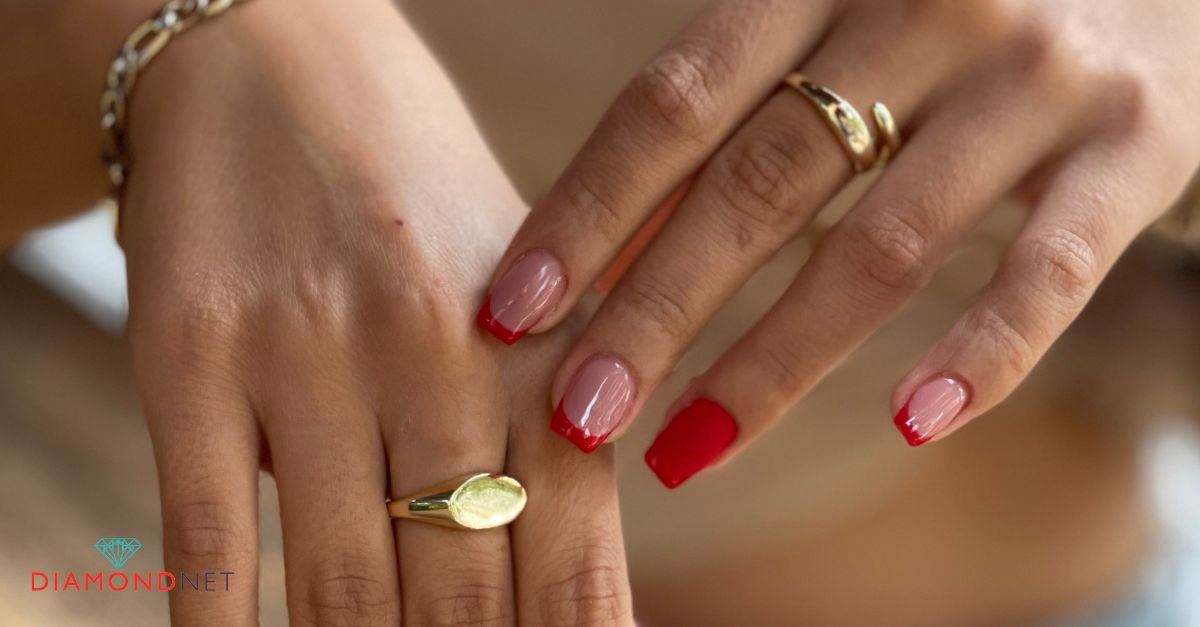
Choosing Karat and Alloy Based on Wear
Not all gold karats are created equal when it comes to how (and how often) you’ll wear your jewellery. Durability, colour intensity, and maintenance all factor into the right choice.
14K rose gold is ideal for daily use. Its high copper content boosts strength and resists scratching, making it a top pick for engagement rings and wedding bands. 14K Yellow Gold is durable but slightly softer. It may develop surface wear over time, so it benefits from occasional polishing.
18K rose or yellow gold is perfect for jewellery worn occasionally. It offers a richer hue and elevated aesthetic, though it’s a bit more susceptible to surface wear due to higher gold content.
Match karat to usage. For rings worn every day, opt for 14K. For jewellery that’s occasional or sentimental, 18K provides deeper colour and elegance.
Summary Comparison: Rose Gold vs. Yellow Gold
Use this quick-reference chart to compare rose and yellow gold across all the most important features—composition, care, style, and long-term value.
| Feature | Rose Gold | Yellow Gold |
| Colour Tone | Pinkish-Red, Warm and Romantic | Pinkish-Red, Warm and Romantic |
| Durability | More Scratch and Dent Resistant (Especially 14K) | Softer, Especially in Higher Karats; May Show Wear Faster |
| Purity Options | Commonly Found in 14K and 18K | Available in 10K, 14K, 18K, and 22K |
| Skin Compatibility | Versatile Across Skin Tones; Great for Cool, Neutral, or Olive Undertones | Best for Warm or Neutral Skin Tones |
| Hypoallergenic | Usually Nickel-Free; Copper May Cause Sensitivity in Rare Cases | May Contain Nickel; Check Alloy Details for Sensitive Skin |
| Care Requirements | Gentle Cleaning; Occasional Polishing; Low Maintenance | Requires More Frequent Polishing to Maintain Shine |
| Cost | Comparable to Yellow Gold at Same Karat; Influenced by Trends | Standard Pricing Tied to Gold Content; Typically Steady Over Time |
| Resale Value | May Fluctuate with Fashion Trends | Historically Strong Resale Value Due to Consistent Demand |
| Style Applications | Suits Romantic, Modern, or Vintage-Inspired Designs | Suits Traditional, Heirloom, or Ceremonial Pieces |
If you’re undecided, consider trying on both metals in person. Skin tone, lifestyle, and styling preferences often make the choice clear.
Choosing the Right Gold for You
Choosing between rose and yellow gold comes down to more than looks—it’s about lifestyle, values, and how you connect with your jewellery. Here’s how to narrow it down:
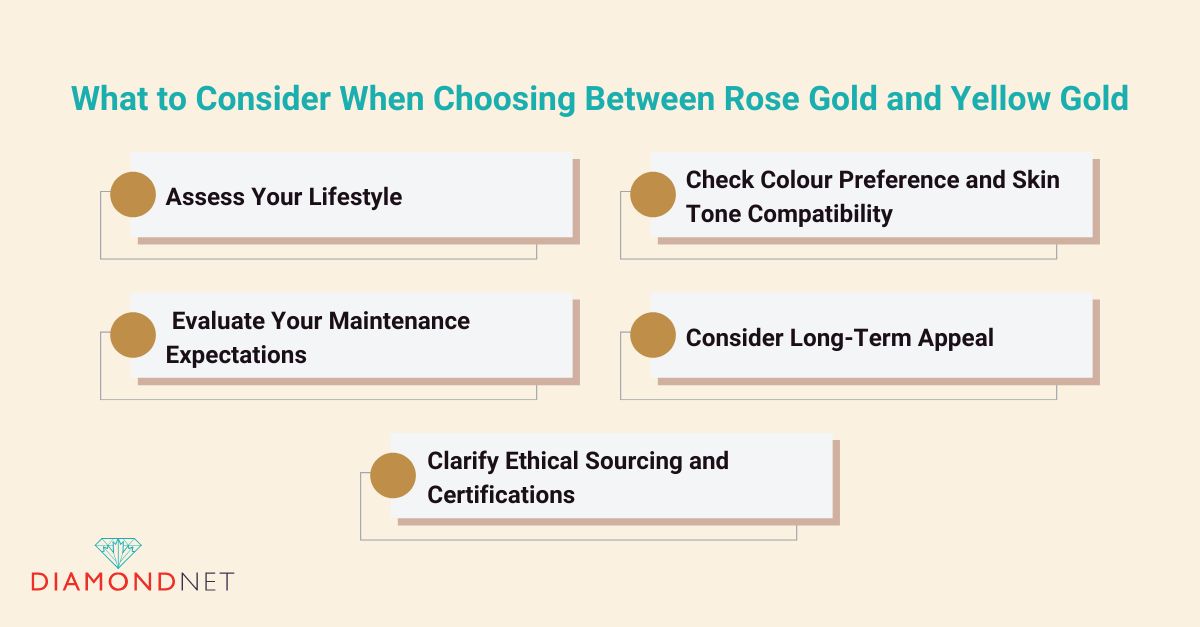
1. Assess Your Lifestyle
For rings and bracelets worn every day, 14K rose gold offers extra resilience thanks to its copper content. Yellow gold in 14K is also durable, though it may show wear more quickly. For less frequent wear, 18K in either tone adds rich colour and refinement.
2. Check Colour Preference and Skin Tone Compatibility
Yellow gold enhances warm undertones beautifully, while rose gold flatters a broader range of skin tones, especially cool or olive complexions. Visual preference often guides this decision—trust what looks and feels best on you.
3. Evaluate Your Maintenance Expectations
If you want jewellery that stays looking great with minimal upkeep, rose gold (especially in lower karats) is a solid choice. Yellow gold may need more frequent polishing but offers unmatched classic appeal.
4. Consider Long-Term Appeal
Yellow gold is a timeless investment—less subject to fashion cycles. Rose gold, while trend-forward, continues to gain popularity, particularly with younger buyers seeking something romantic yet contemporary.
5. Clarify Ethical Sourcing and Certifications
Whichever metal you choose, ensure it’s responsibly sourced. Ask about recycled content, conflict-free certifications, and whether your piece meets environmental or ethical standards.
In Summary
Rose gold and yellow gold each bring distinct beauty, symbolism, and performance to fine jewellery. Rose gold leans modern and romantic, with strength ideal for daily wear—especially in 14K. Yellow gold stands the test of time, offering warmth, elegance, and generational appeal.
The best choice depends on your style, wear frequency, skin sensitivity, and long-term plans for the piece. Whether you’re selecting a signature engagement ring or building a personal collection, understanding the qualities of each alloy helps you choose with confidence.
At DiamondNet, we believe jewellery should reflect both who you are and how you live. Visit our Vancouver showroom or reach out for a free consultation—we’ll guide you through options that align with your values, budget, and vision, from ready-made designs to custom creations.
